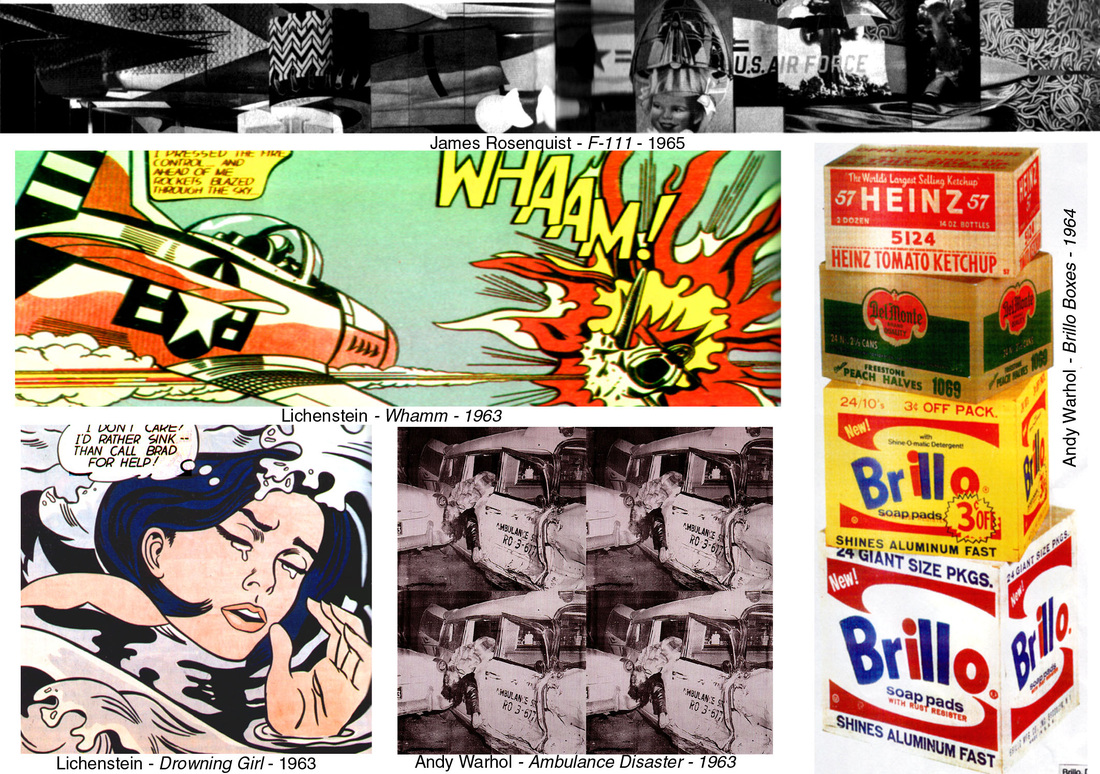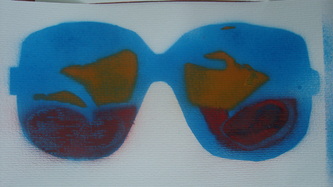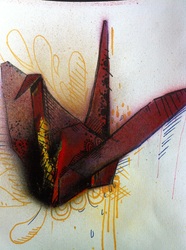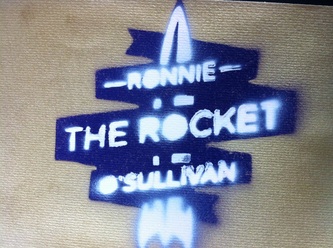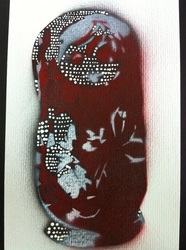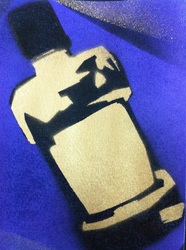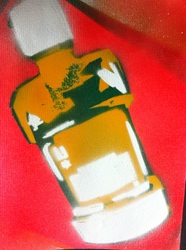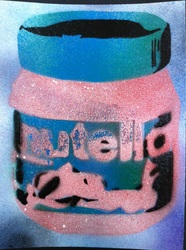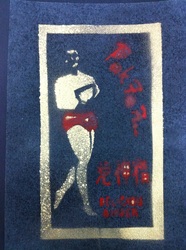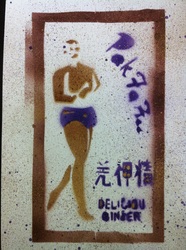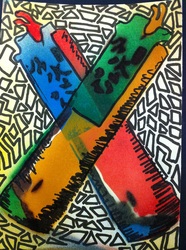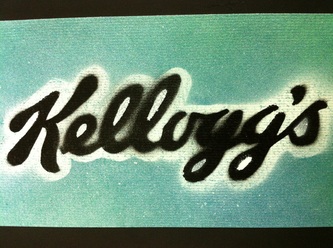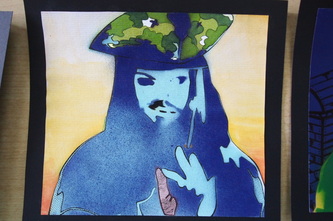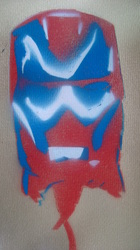Pop Art Print
Beginning with an in-depth research assignment about pop art, we will build on the skills and conceptual information developed in previous units to create experimental prints. Key learning objectives include a focus on the design process, observational drawing, design concept development and a range of printing techniques techniques.
|
American Pop Artists
Student Work
|
Rosenquist - USA 1960
Pop Culture Imagery
Taken from ordinary (not fine art) culture = food, advertising, cars, celebrities, fashion, technology, commercial products, TV, comics, magazines, newspapers Large Scale Huge – two to three meters high. Rosenquist was a bill board painter before he became an artist. Giant scale to reflect the huge scale of American landscape and culture. Giant scale to show these are important paintings dealing with major social issues. Giant scale taking little subjects out of context (life size comics) to symbolise that they are important social influences in modern America. Colour Three main types of colour used in sections next to each other to create variety and unify compositions: Black and White – From newspaper and old photographs Monochrome – Single colour blended from light to dark Polychromatic – Full range of colours used Colours are very intense (saturated) as is the case in mass market advertising. Fragments Only parts of the image depicted and the viewer has to reconstruct the rest of the object = The way we see the fast paced ever changing world = Fragments of imagery piled up on top of each other. Grid Composition Compositions divided into grids with a different object in each section. Sometimes an object will break through into the next section. The placement of different objects next to each other (juxtaposition) creates meaning. E.g. Nuclear Bomb + Umbrella + US Military Arms Build-up |
